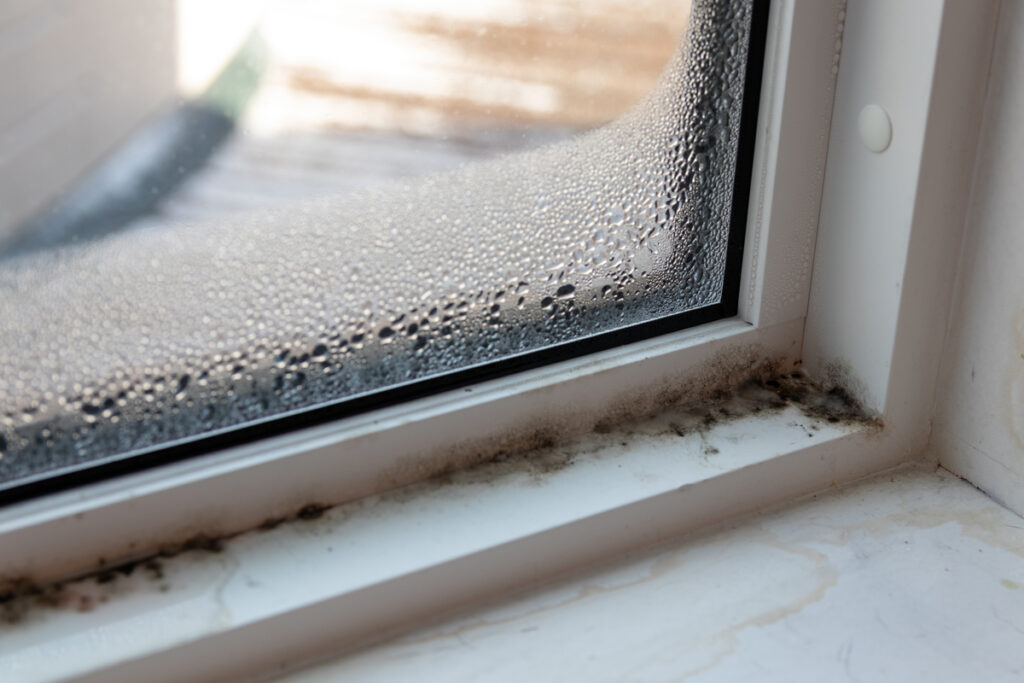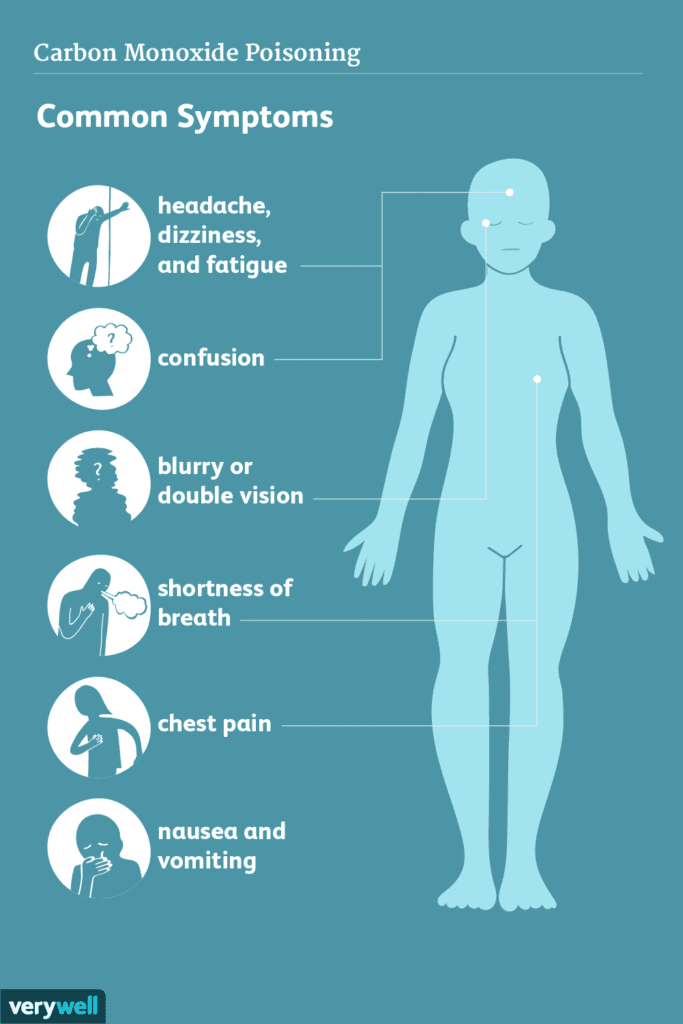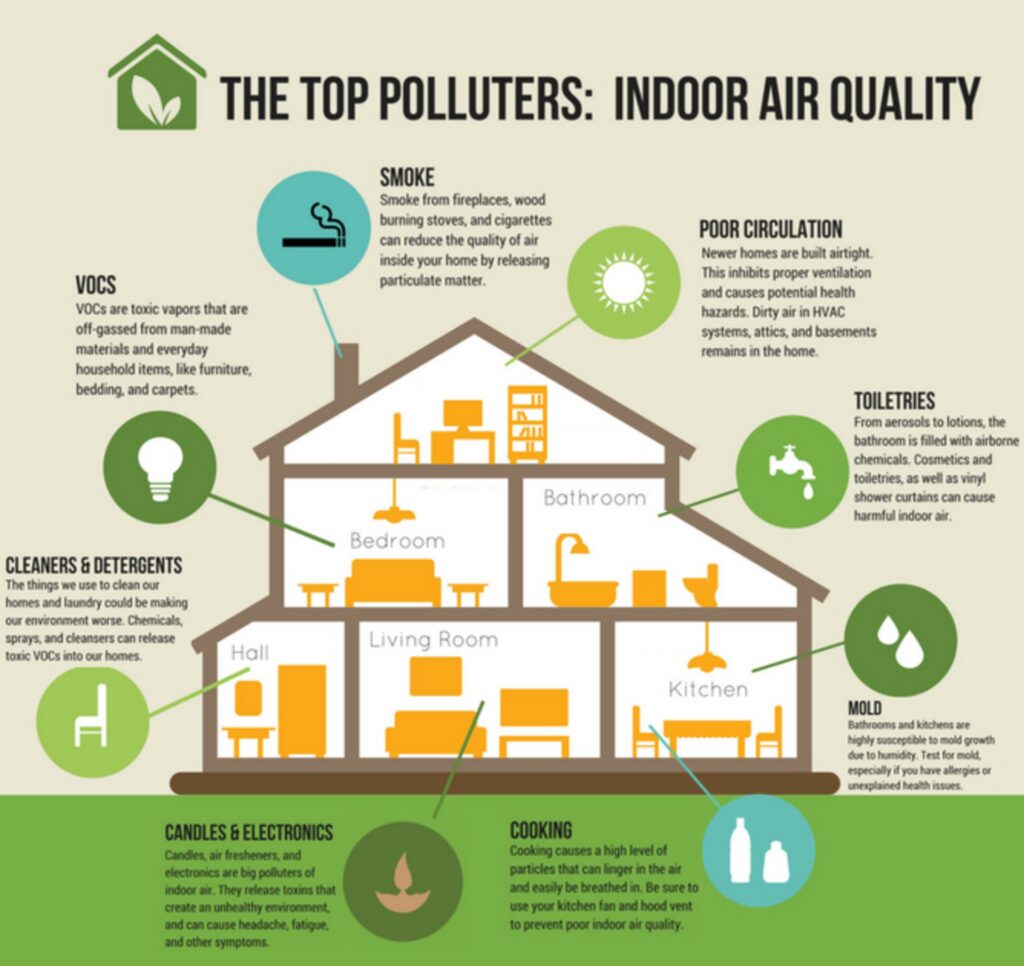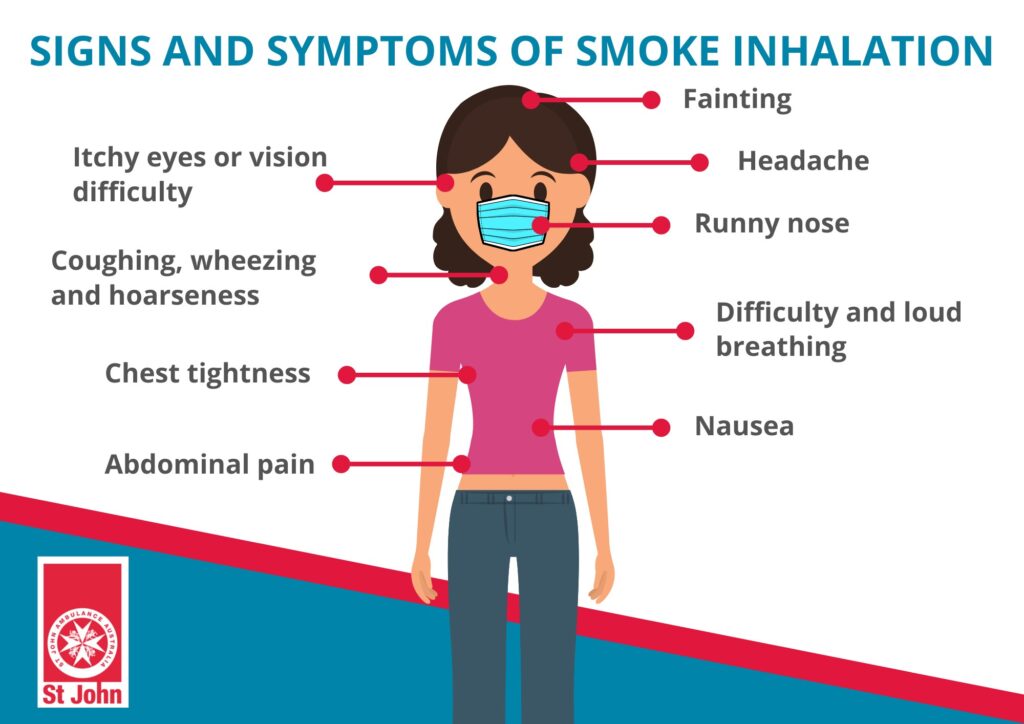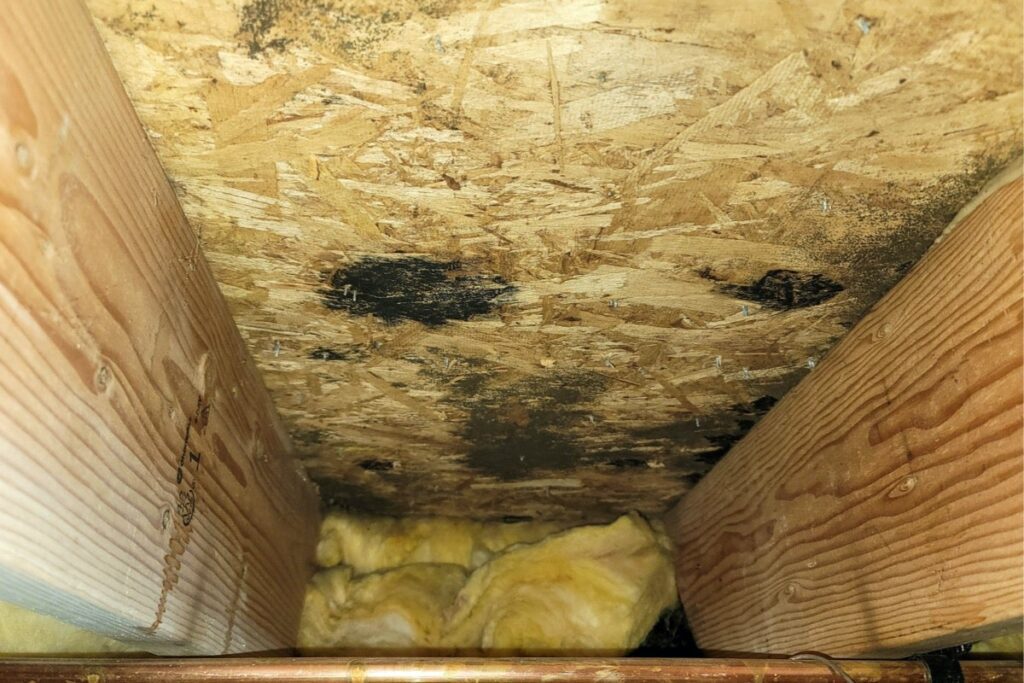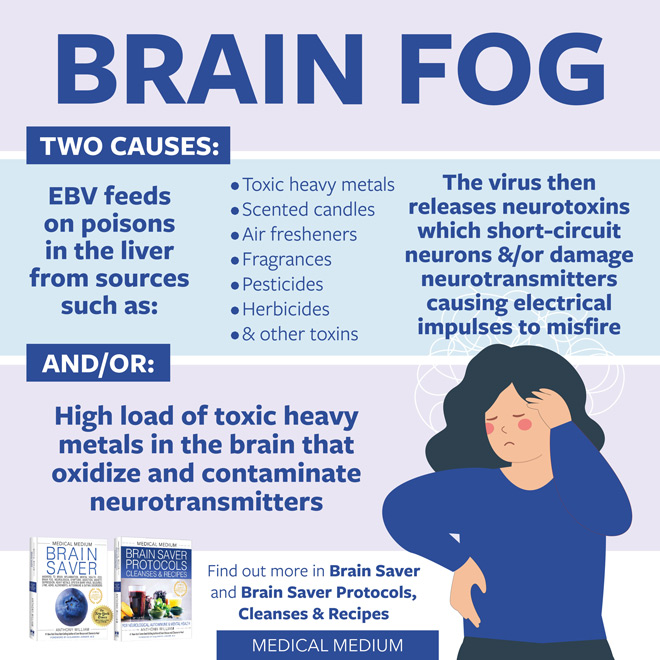Have you ever wondered whether the air in your home is making you sick? The truth is, indoor air quality can have a significant impact on your health. Pollutants such as mold, allergens, and chemicals can all contribute to respiratory issues, allergies, and other health problems. Fortunately, there are steps you can take to improve the air quality in your home and protect your health.
Key Takeaways:
- Indoor air quality can impact your overall health and well-being.
- Common pollutants in the air of your home include mold, allergens, and chemicals.
- Improving indoor air quality can be done through proper ventilation systems, air purifiers, and other measures.
Understanding Indoor Air Quality
Have you ever considered the air quality in your home? The truth is, the air inside your home can be more polluted than the air outside. This is due to a variety of air pollutants that can be found inside your house. These pollutants can have negative impacts on your health, which is why it’s important to understand indoor air quality and the different types of pollutants that can be found in your home.
| Common Indoor Air Pollutants | Symptoms of Poor Indoor Air Quality |
|---|---|
|
|
If you’re experiencing any of these symptoms, it’s possible that your home’s indoor air quality is poor. It’s important to take steps to improve the air quality in your home, which we will discuss in later sections. Understanding indoor air quality and the potential pollutants is the first step towards creating a healthier living environment.


Identifying Potential Indoor Air Pollutants
Now that you understand the importance of indoor air quality and the common pollutants that may be present in your home, it’s time to identify and address them. Poor ventilation is a significant contributor to poor indoor air quality, so it’s essential to ensure that your home has proper ventilation systems in place. This can include opening windows, using exhaust fans, and investing in air purification systems.
Air purifiers can effectively remove many pollutants from the air, including allergens like dust and pet dander, as well as mold spores. It’s important to select the right air purifier for your home, taking into account the size of the room and the specific pollutants you want to target. Look for purifiers with HEPA filters, which capture particles as small as 0.3 microns.
Allergens are common indoor pollutants that can cause a range of health issues, from sneezing and coughing to more serious respiratory problems. Common allergens include dust mites, pollen, and pet dander. To minimize allergens in your home, regularly cleaning your home, especially surfaces that collect dust, like carpets and curtains, is essential. Consider investing in a vacuum cleaner equipped with a HEPA filter, which captures tiny particles and allergens.
Mold is another common indoor pollutant that can cause health issues, especially for those with allergies or respiratory problems. To prevent mold growth in your home, it’s important to control moisture levels. Fix any leaks promptly, and use exhaust fans in bathrooms and kitchens to reduce humidity levels. If you do find mold in your home, it’s essential to address it promptly to prevent further growth and potential health issues.
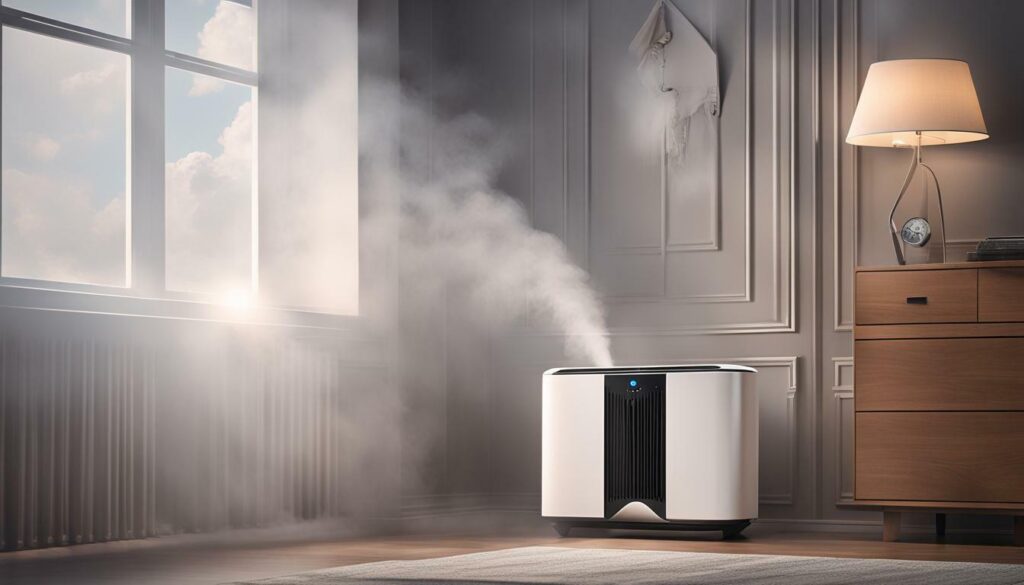

Air purifiers can effectively remove many pollutants from the air, including allergens like dust and pet dander, as well as mold spores. It’s important to select the right air purifier for your home, taking into account the size of the room and the specific pollutants you want to target. Look for purifiers with HEPA filters, which capture particles as small as 0.3 microns.
The Impact of Poor Indoor Air Quality on Your Health
Did you know that the air you breathe inside your home can have a significant impact on your health? Poor indoor air quality can cause symptoms like headaches, fatigue, and irritation of the eyes, nose, and throat. If left untreated, it can even lead to more serious health problems.
Indoor air quality can be affected by a variety of factors, including dust, pollen, pet dander, mold, and volatile organic compounds (VOCs) from cleaning products and air fresheners.
Symptoms of poor indoor air quality can be subtle and often go unnoticed, but can include:
- Coughing and sneezing
- Shortness of breath
- Frequent headaches
- Dizziness
- Fatigue
- Irritation of the eyes, nose, and throat
Improving the indoor air quality in your home can help alleviate these symptoms and prevent more serious health issues down the line.


One of the first steps you can take to improve indoor air quality is to eliminate sources of pollution. This may involve switching to natural cleaning products and avoiding the use of air fresheners that contain VOCs.
Regular cleaning and vacuuming can also help remove allergens and other pollutants from your home.
Proper ventilation is another crucial factor in improving indoor air quality. Make sure your home has adequate ventilation by opening windows and using exhaust fans in bathrooms and kitchens.
Investing in an air purifier can also be a great way to improve indoor air quality. Air purifiers work by removing pollutants from the air and can be especially effective at removing mold and allergens.
By taking steps to improve indoor air quality, you can help protect your health and create a safer and more comfortable living environment.
Improving Indoor Air Quality
If you’re concerned about the air quality in your home, there are steps you can take to improve it. One of the most important factors is ventilation. Proper ventilation systems can help to reduce the concentration of indoor air pollutants and maintain a healthy living environment.
Another effective way to improve indoor air quality is to use air purifiers. These devices remove particles and allergens from the air, ensuring that you breathe in clean air. There are different types of air purifiers available, so be sure to choose one that meets your specific needs.


When selecting an air purifier, consider factors such as room size, filter type, and noise level. HEPA filters are highly effective at removing particles, while activated carbon filters are good for removing odors. Look for air purifiers with Energy Star ratings to ensure energy efficiency.
Regular cleaning and maintenance of your HVAC system is also important for improving indoor air quality. Filters should be changed at least every three months, or more frequently if you have pets or live in an area with high levels of pollution.
In addition to using ventilation systems and air purifiers, there are other ways to improve indoor air quality. For example, you can minimize the use of harsh chemicals and opt for natural cleaning products instead. You can also reduce clutter and dust regularly to minimize the presence of allergens in your home.
Reducing Allergens in Your Home
If you suffer from allergies, reducing allergens in your home is crucial to improving your indoor air quality. Even if you don’t have allergies, reducing allergens can promote a healthier living environment. There are several steps you can take to combat allergens in your home.
Clean Regularly
The first step to reducing allergens in your home is to clean regularly. Dust and vacuum your home at least once a week, paying close attention to areas where allergens can accumulate. These include carpets, rugs, and upholstered furniture. Use a high-efficiency vacuum cleaner with a HEPA filter to trap even the smallest allergens.
Wash your bedding in hot water once a week to kill dust mites. Use allergen-proof covers on your mattress, pillows, and box spring to further reduce allergens. Avoid using feather pillows, as they can harbor dust mites.
Minimize Pet Dander
If you have pets, they can contribute to allergens in your home. Regularly groom your pets and bathe them once a month to reduce dander. Keep them out of bedrooms and other areas where you spend a lot of time.
Avoid Mold and Moisture
Mold can also trigger allergies, so it’s important to avoid excess moisture in your home. Fix any leaks or water damage promptly. Use a dehumidifier to reduce humidity levels, especially in basements and bathrooms.
Use Air Purifiers
Air purifiers can be a valuable tool in reducing allergens in your home. Look for an air purifier with a HEPA filter, which can trap allergens as small as 0.3 microns in size. Place the air purifier in the rooms where you spend the most time, such as your bedroom or living room.
By following these tips, you can significantly reduce allergens in your home and improve your indoor air quality. Breathe easier and enjoy a healthier home!
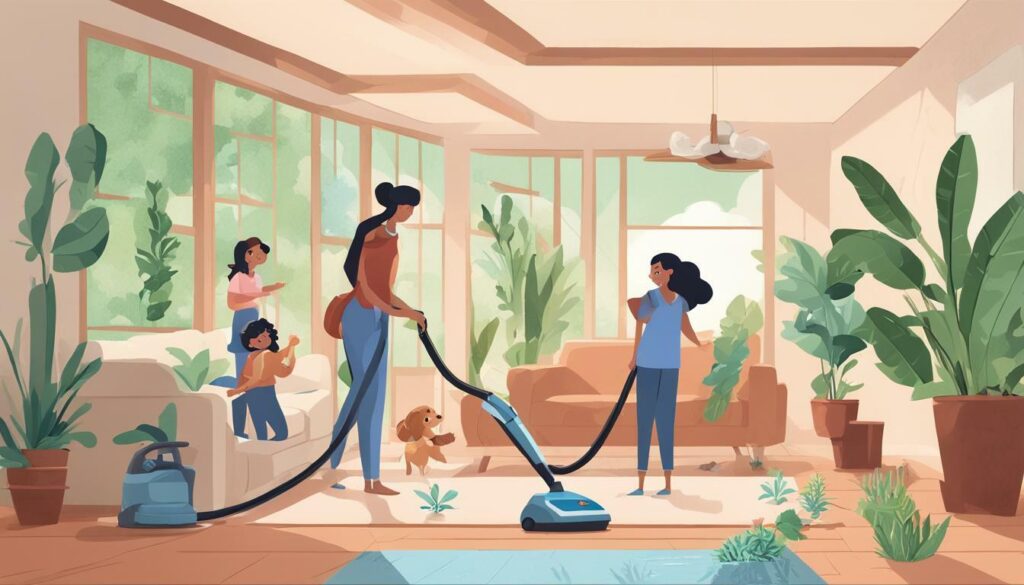

Preventing Mold in Your Home
Mold is a common problem in many homes, and it can have a significant impact on your indoor air quality, as well as your health and well-being. Mold is a type of fungus that grows in damp and humid environments, and it can be found in a variety of places in your home, including basements, bathrooms, kitchens, and laundry rooms.
If left unchecked, mold can release spores into the air, which can cause respiratory problems, allergies, and other health issues. It’s important to take steps to prevent mold growth in your home and keep your indoor air quality healthy and safe.
Identifying Mold in Your Home
Mold can be difficult to spot, as it often grows in hidden areas such as behind walls, under carpets, and in other dark, damp spaces. However, there are some signs that you may have a mold problem in your home. Look out for:
- Musty odors
- Visible mold growth
- Water stains or discoloration on walls, ceilings, and floors
- Excessive humidity or condensation
If you suspect that you have a mold problem in your home, it’s important to take action as soon as possible to prevent further growth and potential health problems.
Preventing Mold Growth
Preventing mold growth in your home involves keeping the environment dry and well-ventilated. Here are some steps you can take:
- Reduce moisture levels in your home by using a dehumidifier or air conditioner.
- Fix any leaks or water damage immediately.
- Ensure proper ventilation in bathrooms, kitchens, and laundry rooms.
- Clean and dry any surfaces that become wet or damp within 48 hours.
- Use mold-resistant paint or drywall in areas that are prone to moisture.
By taking these steps, you can help to prevent mold growth in your home and keep your indoor air quality healthy and safe.


Remember: keeping your home dry and well-ventilated is key to preventing mold growth and maintaining good indoor air quality.
Using Air Purifiers to Enhance Indoor Air Quality
If you’re looking to improve the air quality in your home, investing in an air purifier is a great option. These devices work by removing pollutants and allergens from the air, leaving you with cleaner, healthier air to breathe.
When it comes to selecting an air purifier, there are several factors to consider. First, think about the size of the room you’ll be using it in. You’ll want to choose a model that can handle the square footage of your space. Additionally, look for air purifiers with HEPA (high-efficiency particulate air) filters. These filters are effective at capturing small particles, such as pollen, dust mites, and pet dander, which can contribute to poor indoor air quality.
It’s also important to consider the noise level of the air purifier. If you plan on using it in a bedroom or other quiet space, you’ll want a model that operates quietly. Some air purifiers also have additional features, such as UV-C lights, which can kill bacteria and viruses, or ionizers, which release negatively charged ions to neutralize pollutants.
To get the most out of your air purifier, be sure to follow the manufacturer’s instructions for use and maintenance. This may include regularly changing the filter or cleaning the device to ensure it continues to operate effectively.
By incorporating an air purifier into your home, you can significantly improve your indoor air quality and reduce your exposure to harmful pollutants and allergens.
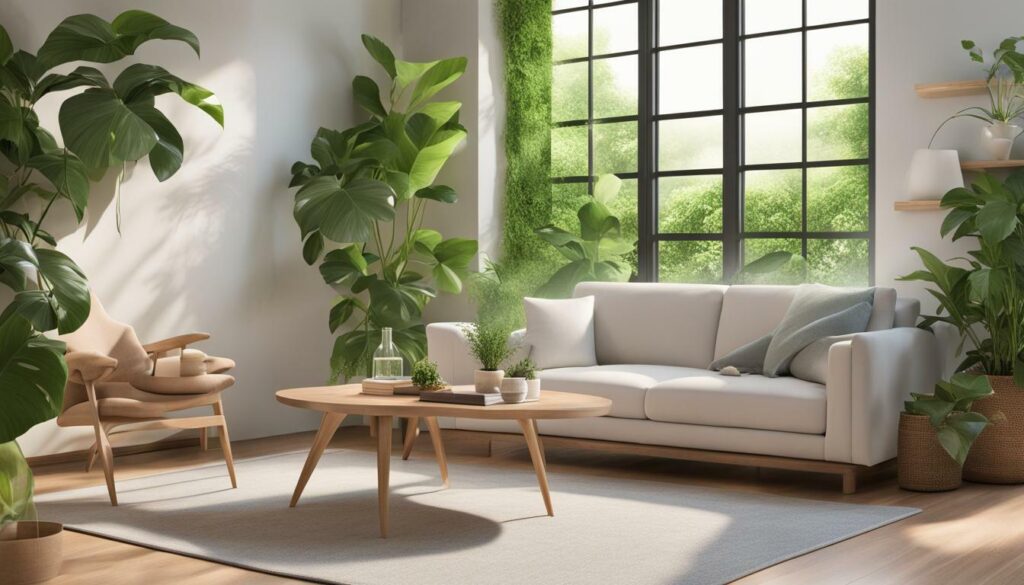

Conclusion
Congratulations, you’ve taken a big step toward improving your indoor air quality! By understanding the potential toxins in your home’s air, you can take action to protect your health and well-being.
Remember, poor indoor air quality can contribute to a range of health problems, including respiratory issues and allergies. But there are many ways to improve the air quality in your home, from proper ventilation systems to air purifiers. By reducing allergens and preventing mold growth, you can create a healthier living environment for you and your family.
We hope this article has provided you with the knowledge and tools you need to enhance your indoor air quality and maintain optimal health. Keep these tips in mind and make your home a clean, healthy sanctuary for you and your loved ones.
FAQ
Q: Is poor indoor air quality a significant health concern?
A: Yes, poor indoor air quality can contribute to various health issues such as respiratory problems, allergies, and other health complications.
Q: What are some common indoor air pollutants?
A: Common indoor air pollutants include dust, pollen, pet dander, mold spores, volatile organic compounds (VOCs), and tobacco smoke.
Q: How can I improve the indoor air quality in my home?
A: There are several ways to improve indoor air quality, such as ensuring proper ventilation, using air purifiers, keeping your home clean, reducing allergens, and preventing mold growth.
Q: Can air purifiers help improve indoor air quality?
A: Yes, air purifiers are an effective tool to enhance indoor air quality. They can capture and remove airborne pollutants, allergens, and odors, providing cleaner and healthier air to breathe.
Q: What are some steps to reduce allergens in my home?
A: You can reduce allergens in your home by regularly cleaning and vacuuming, using hypoallergenic bedding, minimizing pet dander, and maintaining proper humidity levels.
Q: How can I prevent mold in my home?
A: To prevent mold growth, it’s essential to control moisture levels, repair any leaks or water damage promptly, improve ventilation, and keep areas prone to moisture, such as bathrooms and basements, well-maintained and dry.
Q: What types of air purifiers are available?
A: There are various types of air purifiers, including HEPA filters, activated carbon filters, ionizers, and UV germicidal lamps. Each type has its unique benefits and features, so it’s important to choose one that suits your specific needs.
Q: Why is maintaining good indoor air quality important?
A: Good indoor air quality is crucial for your overall health and well-being. It can help reduce the risk of respiratory problems, allergies, and other health issues, as well as create a comfortable and healthier living environment.


